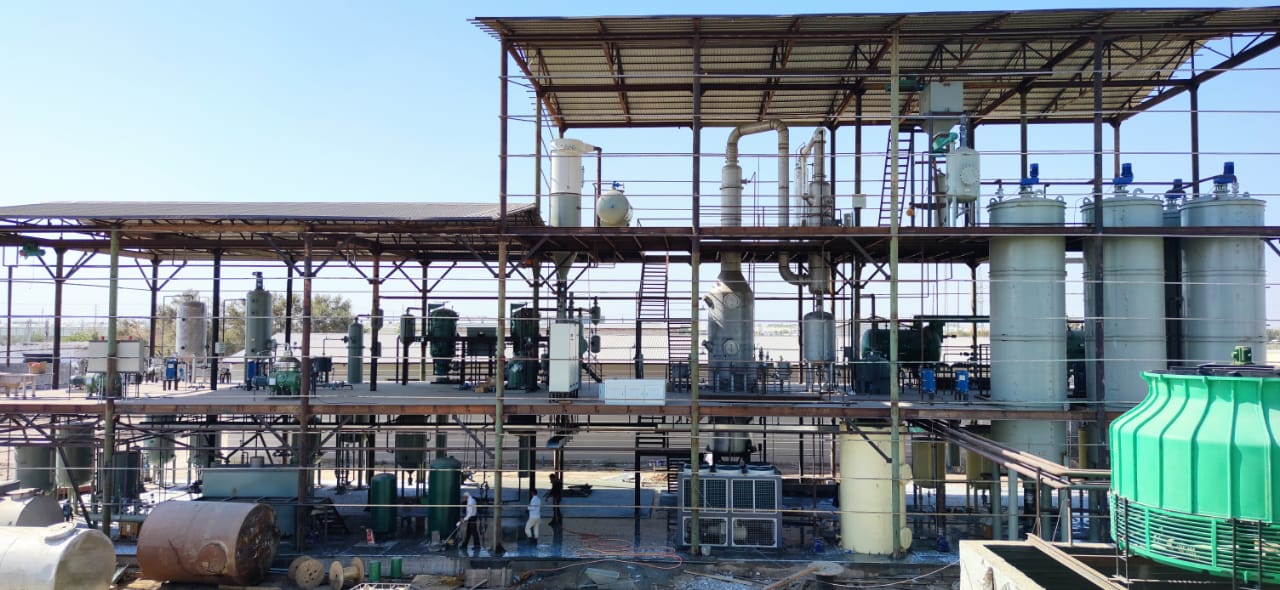
The journey from raw soybeans to the high-quality soybean oil that fills bottles worldwide is a complex symphony of technology, precision, and rigorous quality control. For global buyers, understanding these production stages is vital not only to ensure consistent product excellence but also to build a partnership based on trust and transparency. This article dives deep into every step—from raw material preparation to packaging—highlighting the innovations and quality safeguards employed to deliver soybean oil that meets international standards.

High-quality soybean oil starts with pristine soybeans. The raw beans undergo a thorough cleaning process to remove dust, stones, stalks, and other impurities using advanced screening and aspiration equipment. This step enhances extraction efficiency and prevents equipment damage downstream. Typically, cleaning removes up to 99.5% of foreign materials — a critical figure for achieving consistent oil purity.
The cleaned soybeans next enter crushing and dehulling stages where mechanical crushers and specialized dehullers separate hulls from kernels. Hulls are largely non-oily fiber and can reduce extraction efficiency if not removed. Removing up to 90% of hull content improves oil yield and quality while enabling byproduct utilization, such as soybean hull meal for animal feed.

The kernels are conditioned through precise heat and moisture adjustment, then rolled into thin flakes. This process optimizes cell structure to enhance oil release during extraction. Proper conditioning is critical—overheating can damage protein quality; under-conditioning lowers oil yield.
Extraction is achieved via two primary methods: mechanical pressing using screw oil expellers and solvent extraction where hexane is commonly used. Mechanical pressing typically recovers 80-85% of oil, while solvent extraction can push this recovery above 98%. Our advanced extraction plants integrate both techniques, ensuring maximum yield with minimal residual solvent, meeting strict food safety regulations.
Post-extraction, the meal containing residual solvent undergoes desolventizing via steam heating, followed by cooling to safe storage temperatures. This process ensures trace solvents are reduced to negligible levels—critical for compliance with food safety and environmental norms.
| Refining Stage | Purpose | Key Technologies & Data |
|---|---|---|
| Degumming (Dehydration & Phospholipid removal) | Removes gums to improve oil clarity. | Water degumming with precise dosing; typically reduces phospholipids by 90%. |
| Neutralization | Removes free fatty acids (FFA) to improve taste. | Caustic soda treatment; lowers FFA from ~5% to below 0.1%. |
| Bleaching | Removes pigments, oxidation products, and residual soaps. | Activated clay/charcoal adsorption; reduces color units by 85%. |
| Deodorization | Removes odor and volatile compounds for a neutral flavor. | High vacuum steam distillation; achieves sensory neutrality. |
| Winterization | Prevents clouding when oil is refrigerated. | Controlled cooling and filtration; ensures clear oil down to 0°C. |

Besides premium-quality oil, soybean processing generates valuable byproducts. Soybean meal—rich in protein—is extensively used in animal feed. Hulls serve as dietary fiber supplements and biomass fuel. Even the residual glycerol from oil refining is captured for bio-based applications, reflecting a commitment to sustainability.
Our soybean oil production lines leverage cutting-edge equipment and continuous process optimization, ensuring every batch undergoes stringent quality checks. We implement ISO and HACCP certified procedures along the entire production chain, minimizing contamination risks and ensuring product traceability. Our commitment to excellence has realized a consistent oil purity exceeding 99.8%, with free fatty acid content well below industry thresholds.
For global buyers invested in stable, high-quality soybean oil supply, partnering with a technologically advanced and quality-focused supplier is fundamental. Experience the synergy of science and quality at every drop of our soybean oil.

